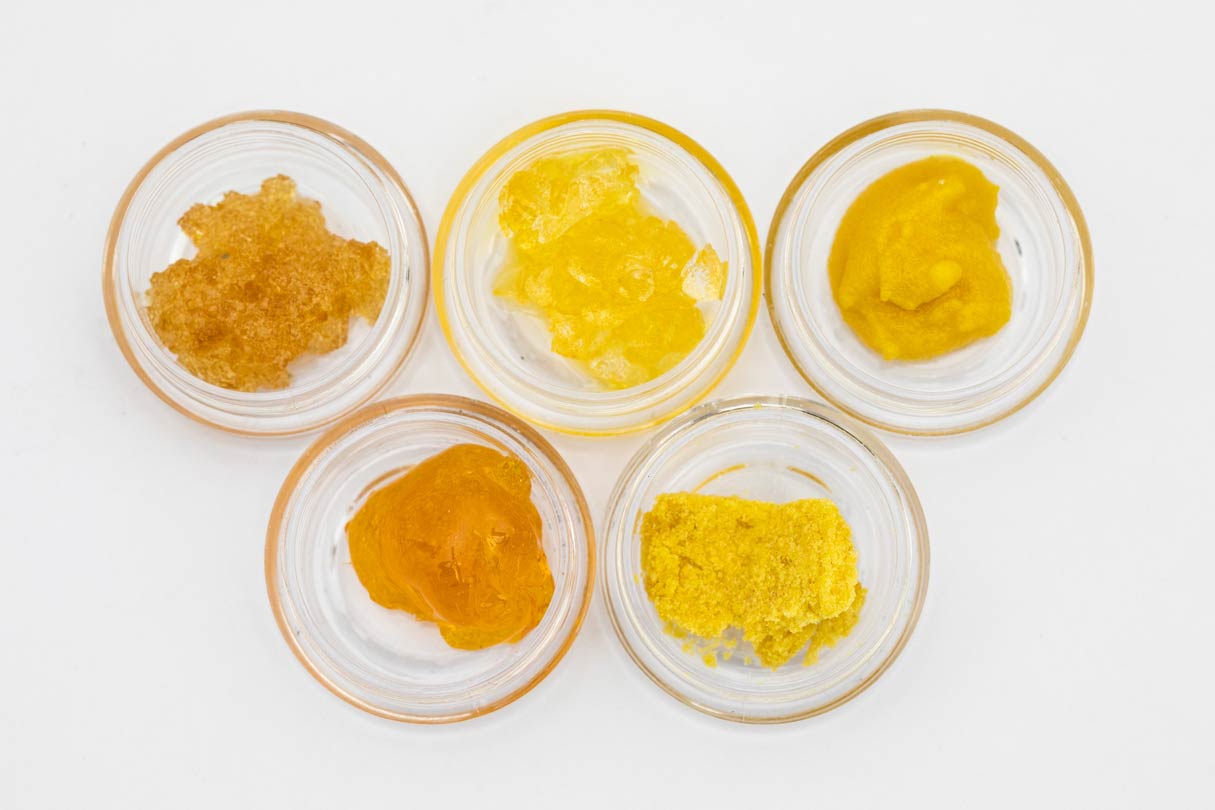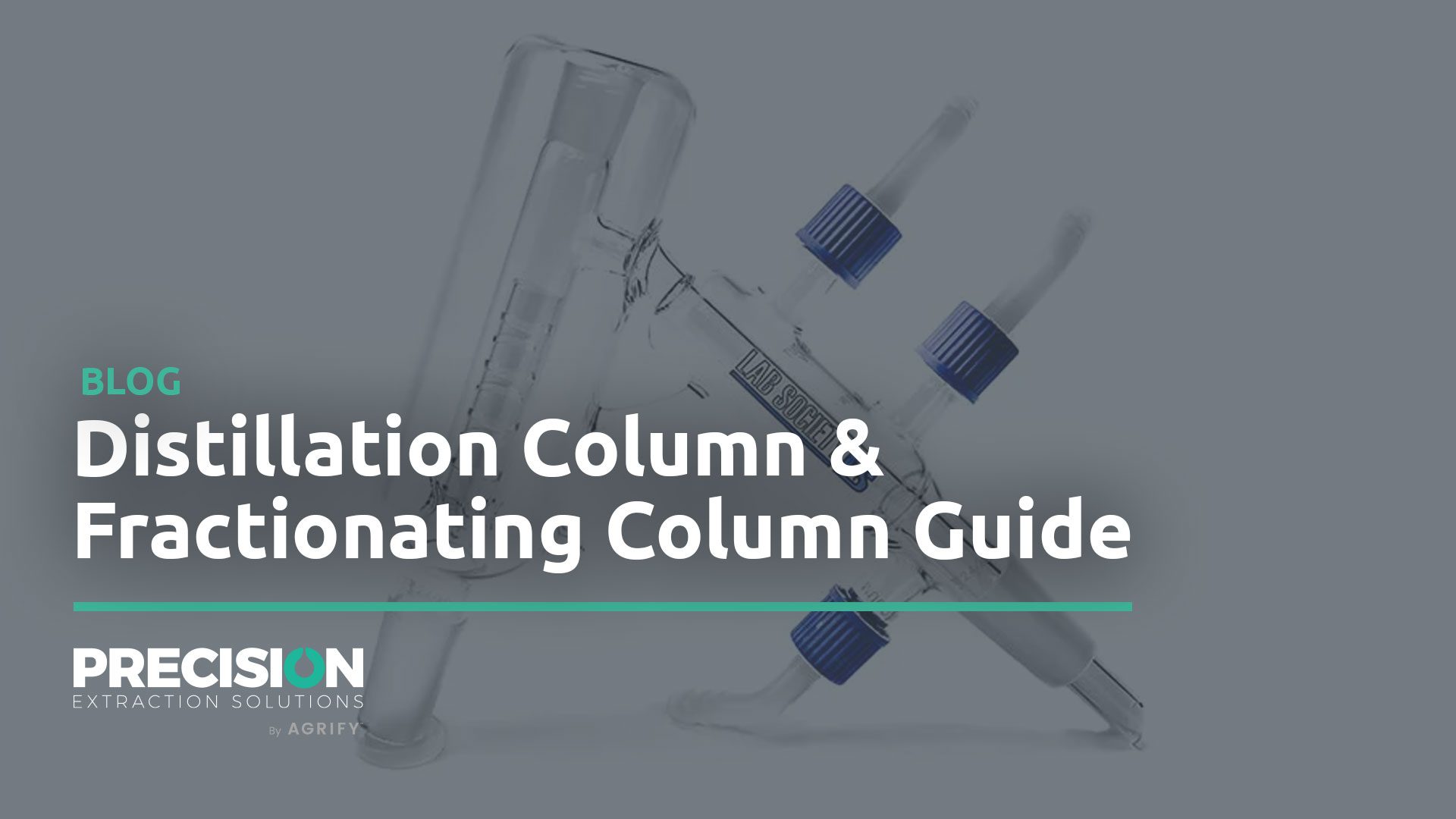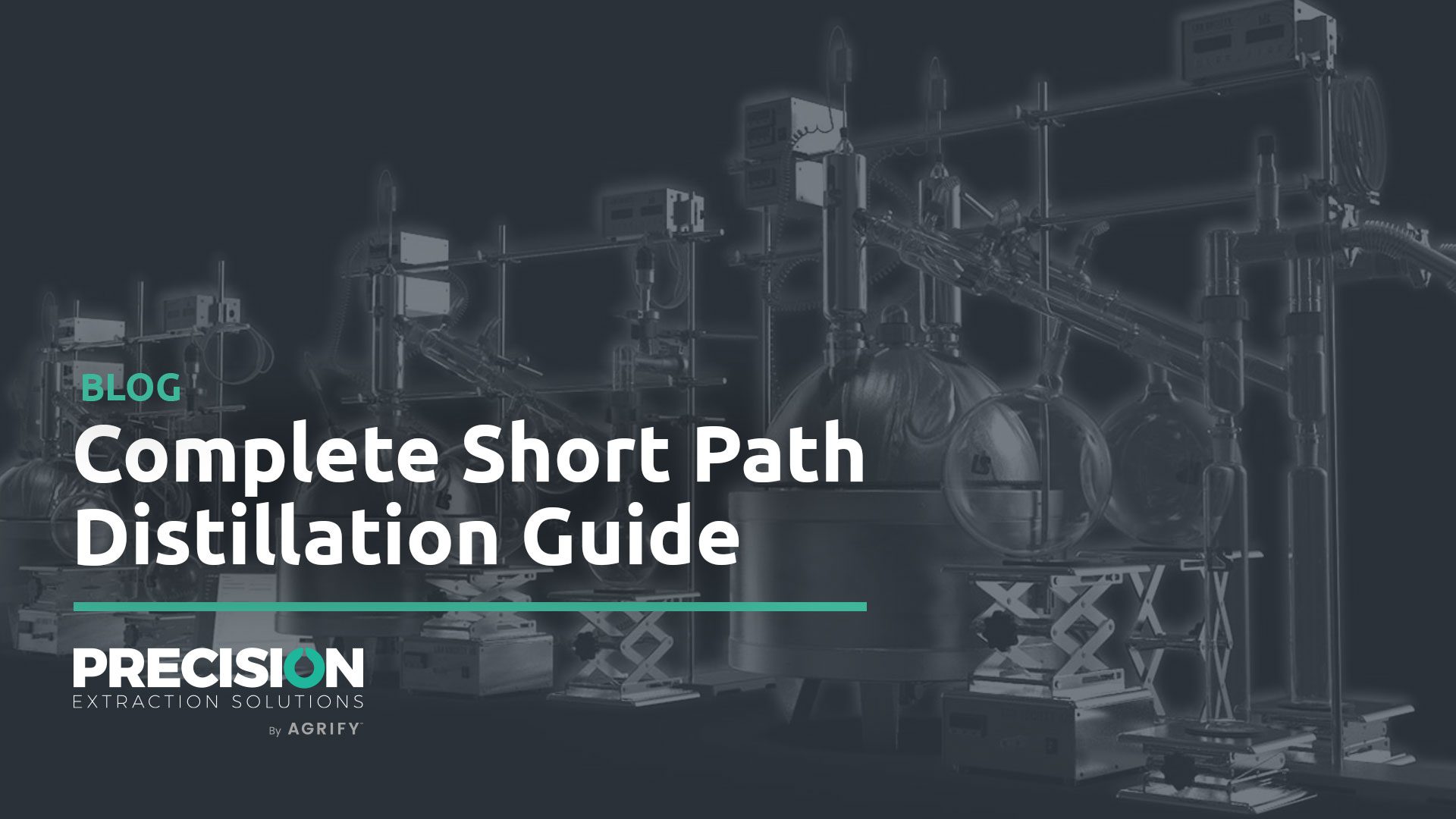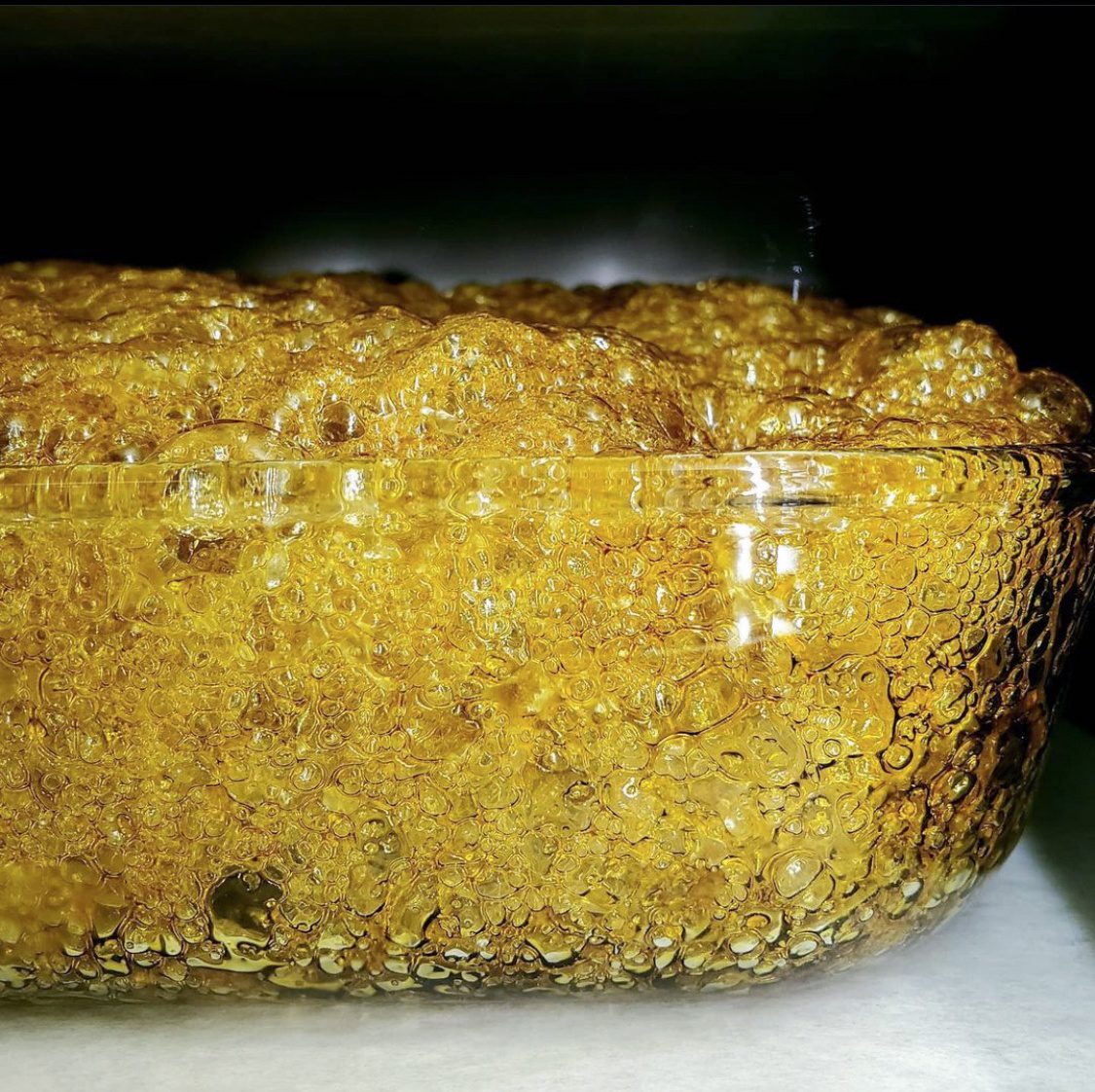
Vacuum purge for BHO? A vacuum purge oven doesn’t garner much attention, yet without it, there would be no hydrocarbon cannabis extracts (like BHO). Vacuum purging removes undesirable materials, like residual solvents and moisture, from the cannabis concentrate while also developing the final consistency and texture of each batch.
Unbeknownst to many consumers, a vacuum oven is behind their favorite products, from waxes to shatters to resins. The vacuum oven plays an essential role in every extractor’s lab, creating safe, flavorful cannabis products.
The Role of Vacuum Ovens in Hydrocarbon Extraction
Any hydrocarbon cannabis extraction, whether it uses butane, propane, hexane, or any other combination, produces a potent yet impure crude oil. No matter the type of extraction equipment or protocols, crude oil always contains unnecessary moisture and lingering residual solvents.
Vacuum ovens use a vacuum-assisted purging process to dry the crude oil and remove these impurities through evaporation, resulting in a cleaner concentrate ready for additional post-extraction processing. For example, vacuum purging BHO. When done correctly, the final result is free from any impurities, including solvents, yet maintains its terpene and cannabinoid-rich character.
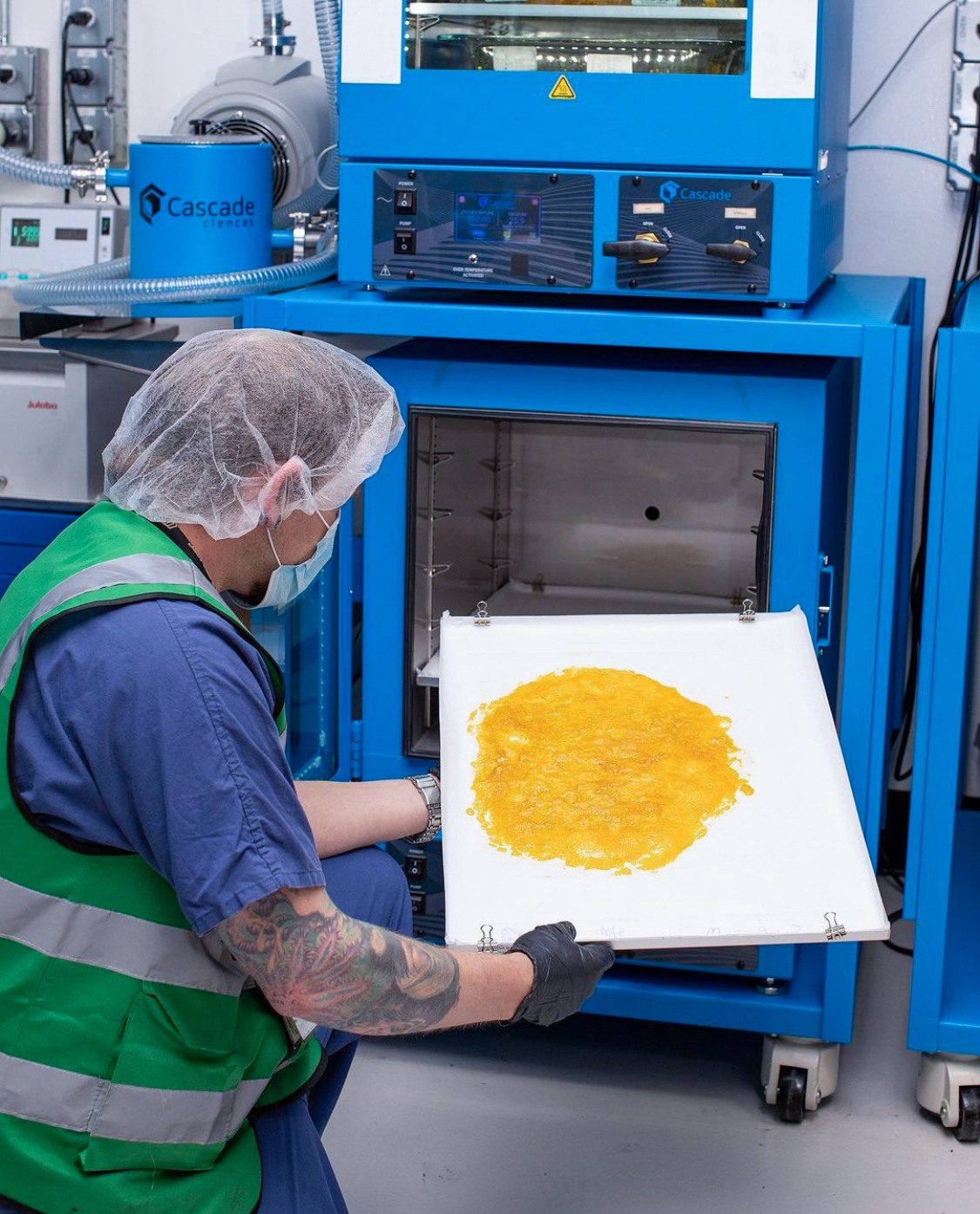
The Science: How Does a Vacuum Oven Purge Impurities?
The basic concept behind a vacuum oven is to increase temperature and decrease pressure as a means to off-gas undesirable compounds, specifically solvents, from bulk cannabis concentrate.
Decreasing the ambient pressure surrounding the cannabis concentrate serves to decrease the boiling point of both water and residual solvents that are locked within the concentrate itself. The combined use of temperature and pressure makes it possible to remove these unwanted compounds from the concentrate without further decarboxylating the cannabinoids.
This works because atmospheric pressure impacts the boiling point. A higher atmospheric pressure requires higher temperatures to reach a boiling point. Lowering the pressure within the vacuum chamber makes it possible to also reduce the temperature needed to off-gas the solvents. Lower temperatures enable the retention of the sensitive cannabinoids and terpenes which may otherwise volatilize if exposed to higher temperatures.
The exact process, vacuum setting, and temperature parameters change depending on the equipment, crude oil, desired outcomes, and even the operator. Generally speaking, temperature settings usually hover around 100 ºF with the goal of getting the pressure setting as close to -29.92 inHG (inches of mercury) as possible. Due to the constant off gassing of solvent, a powerful pump is required to maintain a deep vacuum state throughout the process.
Purging can take from just a few hours to more than five days, depending on the above factors. Although operators use visual cues (the formation of bubbles) and precedent from previous batches, analytical testing is required to determine when all impurities have evaporated. There is some variation from state-to-state regarding the exact level or residual solvents required to pass compliance testing prior to sale.
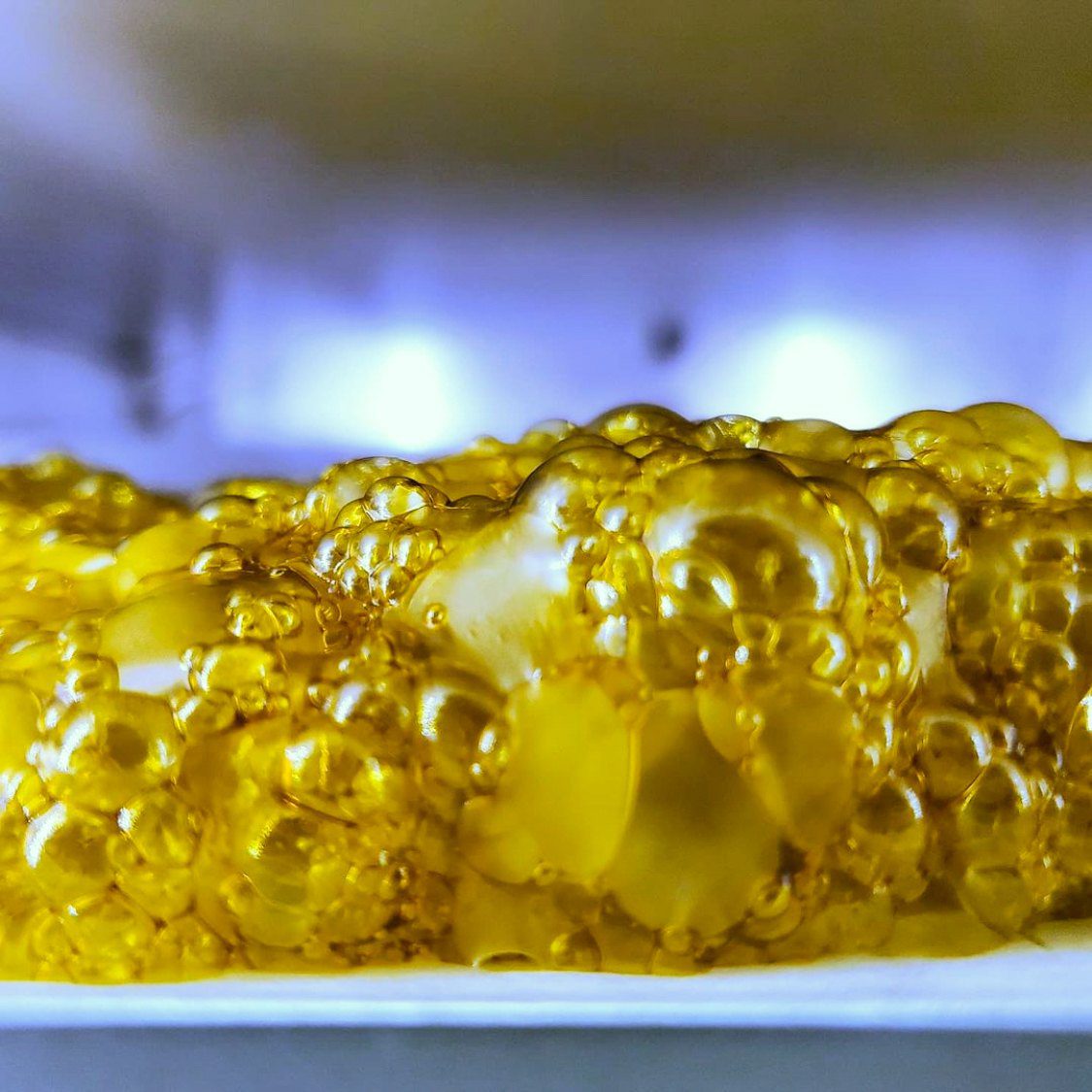
The Process for Shatter: Set, Flip, Repeat, Release
Depending on final product goals, there are slightly different protocols to follow. Different concentrates require different vessels, and for high-terpene concentrates, there is often no flipping required.
For shatter, crude oil enters the vacuum oven in small batches, spread thinly over silicone mats or PTFE paper lining each shelf. This film is sometimes called the muffin or the slab.
The thinner the film, the more efficient the purging. Ultimately, the quicker this process can be accomplished, the more likely volatile terpenes are protected. However, in some cases, extractors may specifically apply thicker films to achieve a “honeycomb” consistency in the final product.
Once shelves are in place, the operator sets the specified temperature and pressure. Again, these settings vary depending on the composition of the initial input and the desired output.
As the vacuum chamber comes up to the correct temperature and pressure, bubbles begin forming on the slab’s surface. This is a sign that the solvents are beginning to evaporate.
Throughout the process, the operator has to flip the thin extract sheet over every few hours to increase purge efficiency and reduce the total duration of the purge. With every flip, new bubbles appear on the surface.
The purge is completed only when bubbles cease appearing and the film’s texture and consistency settle. However, visual cues aren’t enough. Testing is the only way to guarantee that all solvents have been purged down to acceptable levels and the final cannabis extract is safe for consumer use.
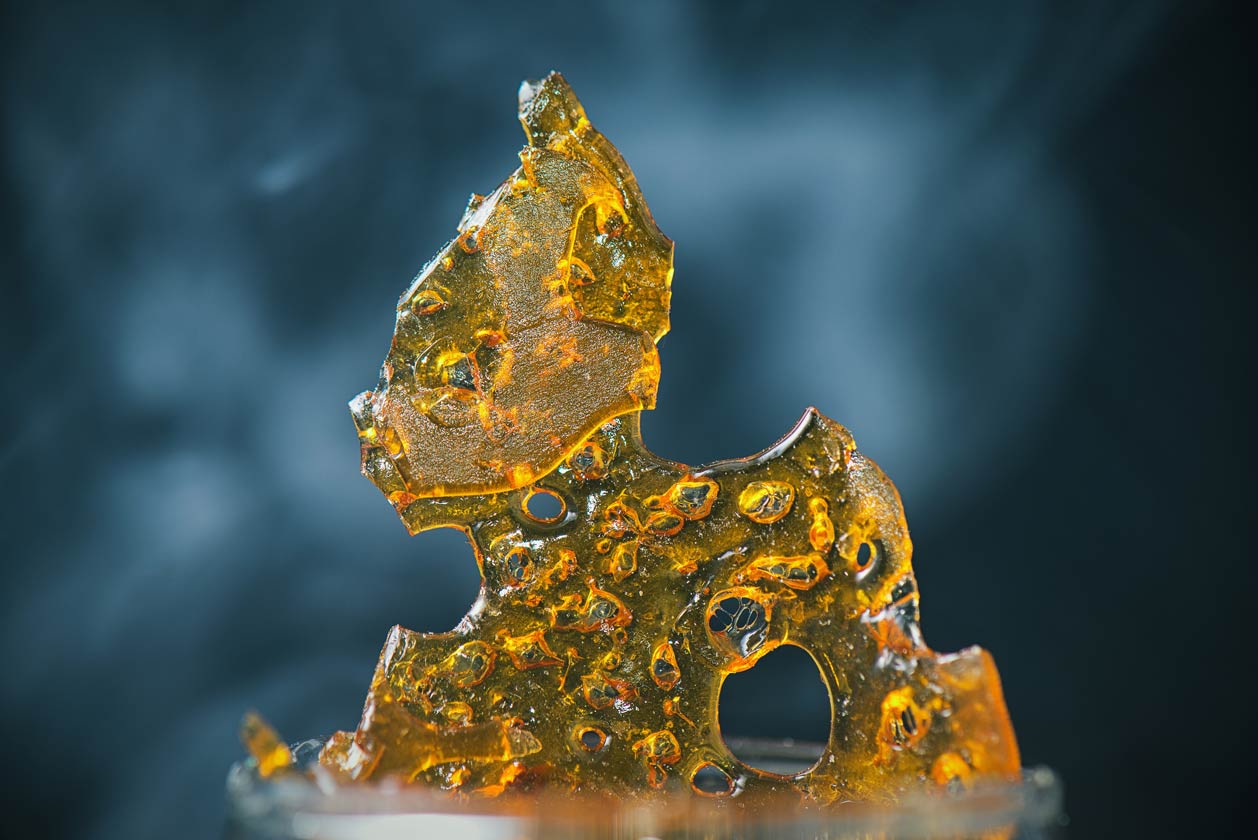
The Equipment: Cascade CVO-5 Double Up Package
While there are any number of possible vacuum oven configurations, commercial cannabis extraction ultimately requires three characteristics from vacuum oven technology:
Oil-free equipment
Precise internal temperature control
High throughput with the capacity to scale
All of these must be rolled into a compact package suitable for any size production space.
The Cascade CVO-5 Double Up Package relies on a best-in-class Agilent IDP15 oil-free scroll vacuum pump. It includes a -50 ºF or -105 ºF cold trap to protect the pump from exposure to solvents and terpenes, which can degrade the internal materials of the pump over time. With no diaphragm or rotary components, it is ultra-quiet and has minimal ongoing maintenance requirements — just the periodic replacement of a single interior tip seal.
With 10 removable, height-adjustable aluminum shelves, the Cascade CVO-5 offers high throughput. But, as a stacked unit, it takes up minimal space so is suitable for any size commercial extractor, and it easily facilitates scaling up production as needed.
Finally, the Cascade CVO-5 has unparalleled temperature control thanks to a probe located inside the oven. Cascades Science’s technology provides temperature stability, uniformity, and precision. Its temperature control innovation means no more fluctuations during purging for a more consistent final product.
This setup’s dialed-in temperature control combined with a heating cut-off system ensures temperatures will remain well within range and will automatically shut down should the system exceed 340 °F or 170 °C. For unattended bake-outs or overnight processing, this is a critical failsafe.
Are you ready for precise temperature control? Talk to a Precision extraction expert today.
